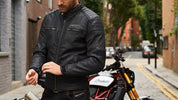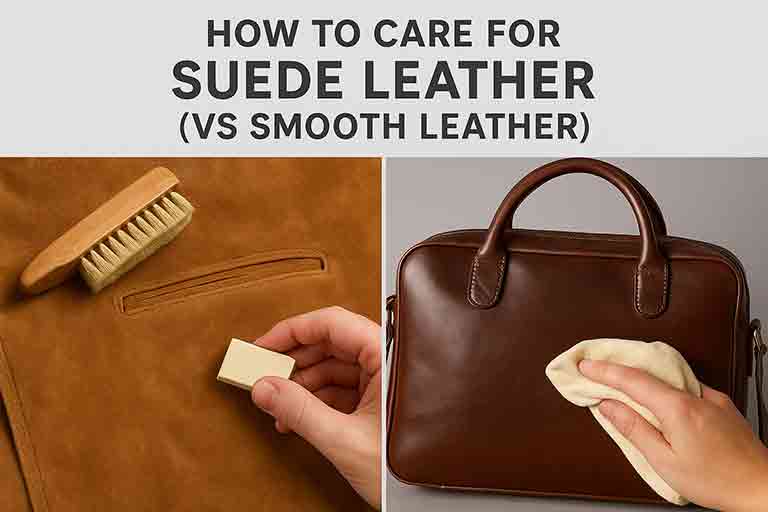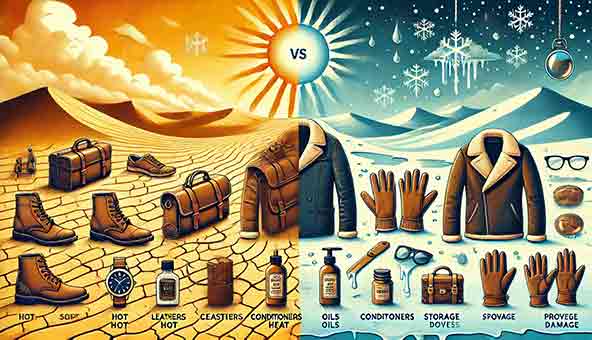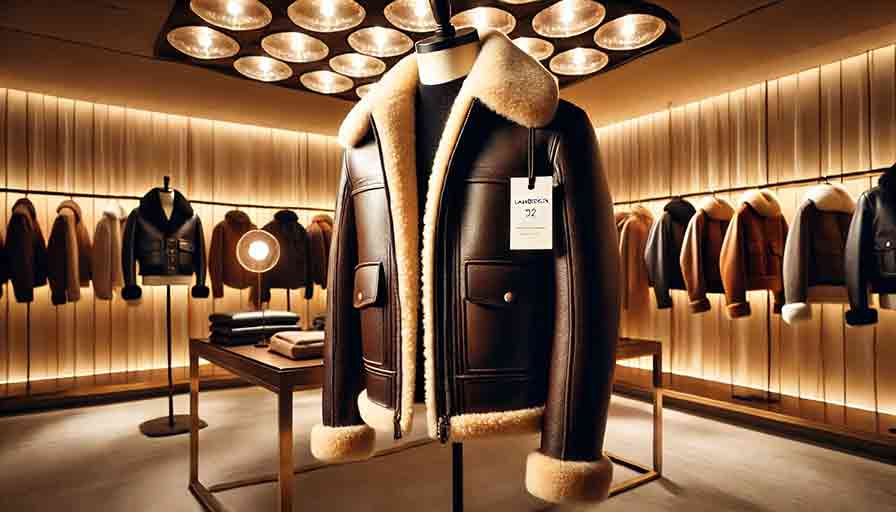
What Type of Clothes Do Bikers Wear?
, by Syed Khawar Bukhari, 6 min reading time

, by Syed Khawar Bukhari, 6 min reading time
Bikers, whether they're motorcycle enthusiasts or cyclists, require specialized clothing that offers protection, comfort, and functionality. The choice of clothing can significantly impact both safety and performance, making it a crucial consideration for anyone taking to two wheels. This comprehensive guide explores the essential clothing elements for both motorcyclists and cyclists, highlighting how each piece serves a specific purpose in their respective riding experiences.
The motorcycle jacket stands as perhaps the most iconic piece of biker clothing, and for good reason. Modern motorcycle jackets combine style with crucial safety features. Leather remains a popular choice, offering excellent abrasion resistance in case of accidents. However, textile jackets have gained significant popularity, particularly those made from materials like Cordura or Kevlar. These synthetic materials offer comparable protection while providing better ventilation and weather resistance.
High-quality motorcycle jackets typically feature CE-certified armor in critical areas such as the shoulders, elbows, and back. Many modern jackets also include removable thermal liners and waterproof membranes, allowing riders to adapt to varying weather conditions. Reflective elements are often incorporated to enhance visibility during night riding.
While some riders might be tempted to wear regular jeans, proper motorcycle pants provide essential protection for the lower body. Like jackets, they come in both leather and textile variants. Motorcycle-specific pants feature reinforcement in high-impact areas and often include built-in armor at the knees and hips. Some designs offer a connection system to attach to matching jackets, creating a complete protective suit.
Many manufacturers now produce riding jeans that look like regular denim but incorporate protective materials like Kevlar in critical areas. These offer a good compromise between style and safety for casual riders.
Motorcycle gloves are essential for both protection and control. Summer gloves offer good grip and basic protection, while winter variants provide insulation and waterproofing. All motorcycle gloves should feature reinforcement at the palms and knuckles, as these areas are particularly vulnerable in accidents.
Purpose-designed motorcycle boots protect feet and ankles through reinforced toe boxes, ankle support, and oil-resistant soles. Many boots incorporate waterproof membranes and reflective elements, making them suitable for all-weather riding.
The motorcycle helmet represents the most critical safety item. Full-face helmets offer the most comprehensive protection, covering the entire head and face. Modular helmets provide similar protection with the convenience of a flip-up front section. Open-face and half helmets, while popular among some riders, offer less protection but greater visibility and airflow.
Cyclists typically wear form-fitting jerseys made from moisture-wicking materials. These garments help regulate body temperature while reducing wind resistance. Cycling jerseys usually feature back pockets for carrying essentials like energy bars, phones, or tools. The cut is longer in the back to provide coverage while in the riding position.
While helmets safeguard your head, protecting your eyes is just as important. A good pair of cycling sunglasses can shield your eyes from dust, wind, and debris while riding, helping you maintain clear vision on the road. Choosing durable eyeglass frames ensures not only better eye protection but also comfort and stability under your helmet, making your ride both safer and more enjoyable.
Padded cycling shorts represent another essential piece of cycling attire. The built-in chamois pad provides crucial comfort during long rides by reducing pressure and preventing chafing. Bib shorts, which include shoulder straps, offer additional comfort by eliminating the need for an elastic waistband. Both options typically utilize compression materials that support muscles and improve blood flow.
Serious cyclists maintain a wardrobe of specialized layers to handle various weather conditions. Base layers help manage moisture and temperature, while lightweight jackets and vests provide wind and rain protection. Arm and leg warmers offer versatility, allowing cyclists to adapt to changing conditions during their rides.
Cycling shoes are designed to efficiently transfer power to the pedals. Road cycling shoes feature stiff soles and cleats that lock into special pedals, while mountain biking shoes offer more flexibility and grip for occasional walking. Cycling socks are typically thin and moisture-wicking, with extra padding in key areas.
Mountain bikers require more robust protective gear than road cyclists. Their attire often includes:
Road cyclists typically prefer more aerodynamic clothing:
Both motorcyclists and cyclists should prioritize visibility in their clothing choices. Bright colors and reflective elements help other road users spot them more easily, particularly in low-light conditions. For motorcyclists, CE-certified protection should be a non-negotiable feature in their gear. Cyclists should ensure their helmets meet current safety standards and replace them after any significant impact.
Proper care of riding attire extends its life and maintains its protective properties. Motorcycle gear should be regularly inspected for damage and cleaned according to manufacturer specifications. Cycling clothing requires careful washing to preserve the technical fabrics and padding. Both types of gear should be stored properly to prevent degradation of protective elements.
Riders must adapt their clothing choices to their local climate and riding conditions. In hot climates, ventilated gear becomes crucial for preventing overheating. Cold-weather riding requires proper layering and insulation. Wet conditions demand waterproof outer layers to maintain comfort and safety.
The choice of riding attire represents more than just fashion – it's a crucial aspect of both safety and performance for bikers of all types. Whether you're cruising on a motorcycle or pedaling a bicycle, investing in proper clothing enhances your riding experience while providing essential protection. As technology advances, riding gear continues to evolve, offering increasingly sophisticated solutions for comfort, safety, and performance. Understanding and choosing appropriate riding attire remains fundamental to enjoying two-wheeled adventures safely and comfortably.


